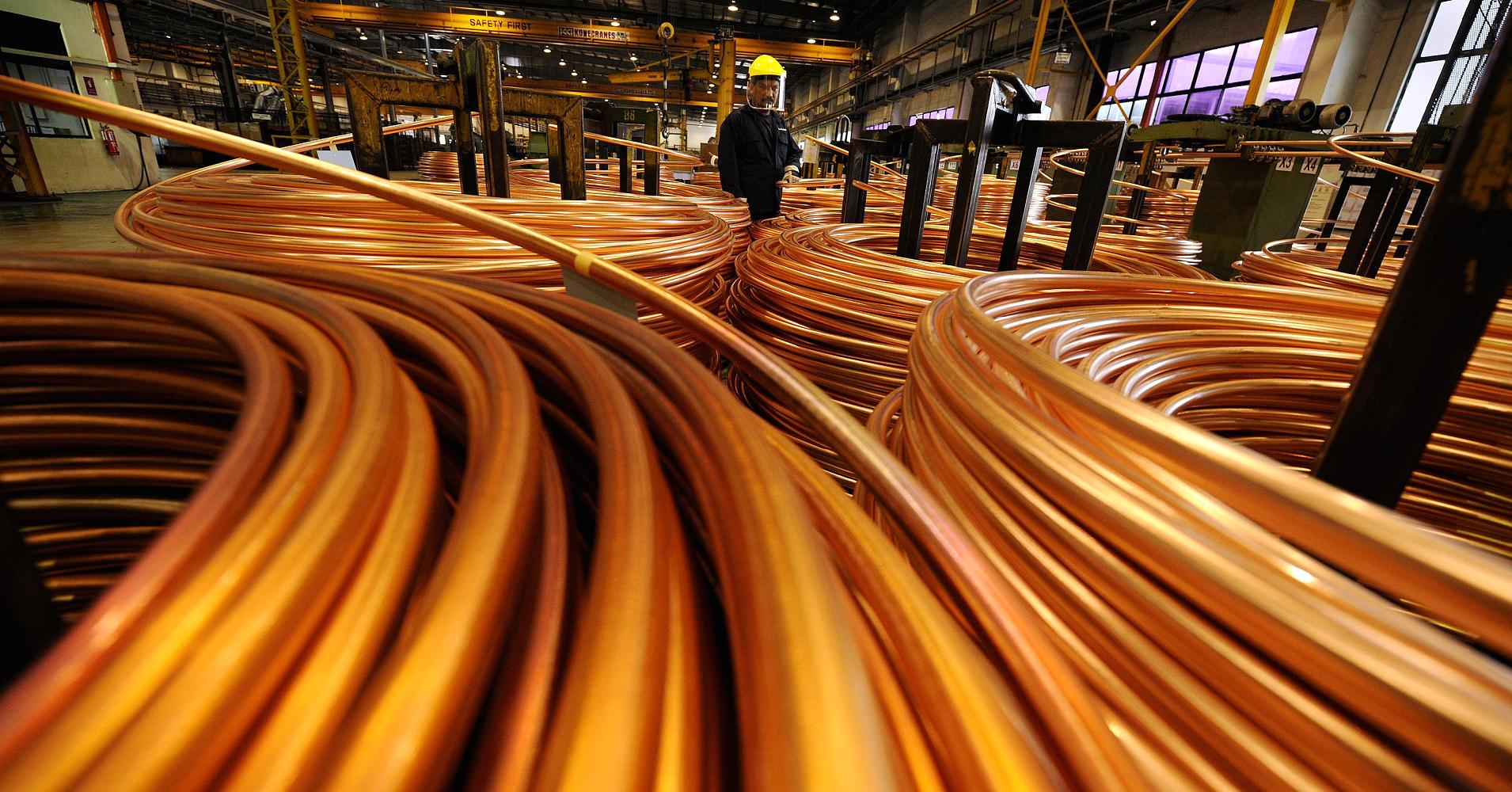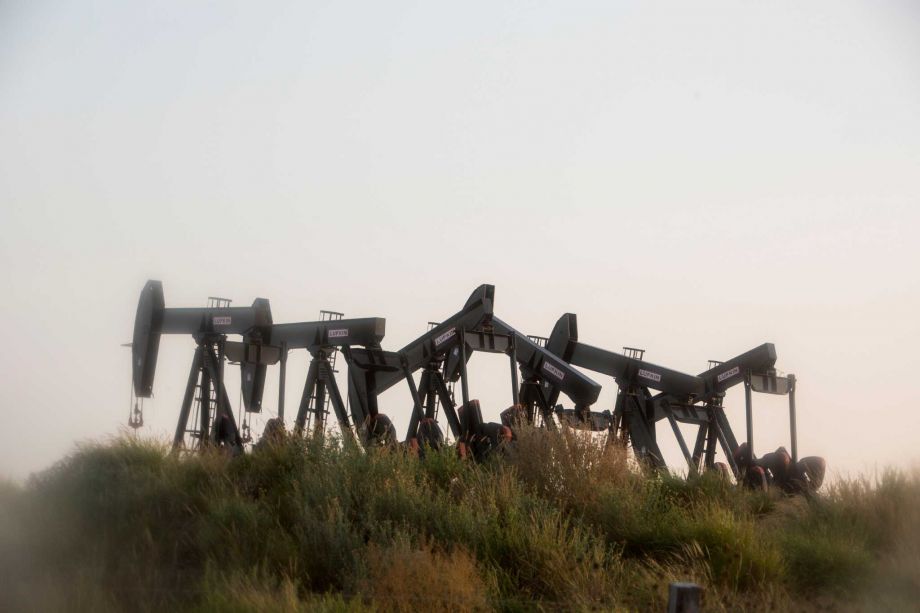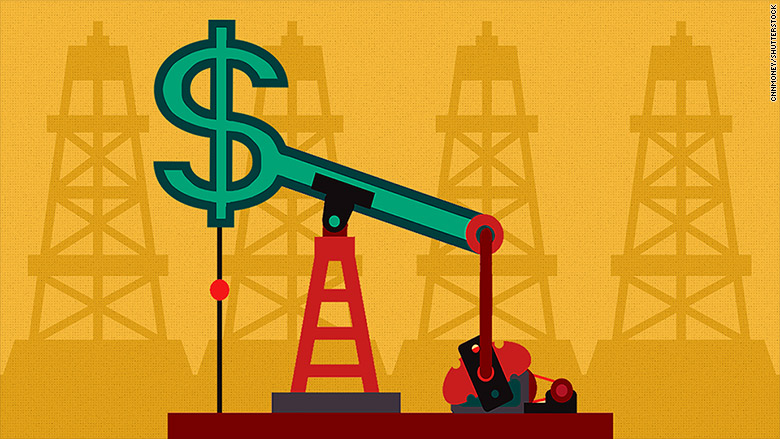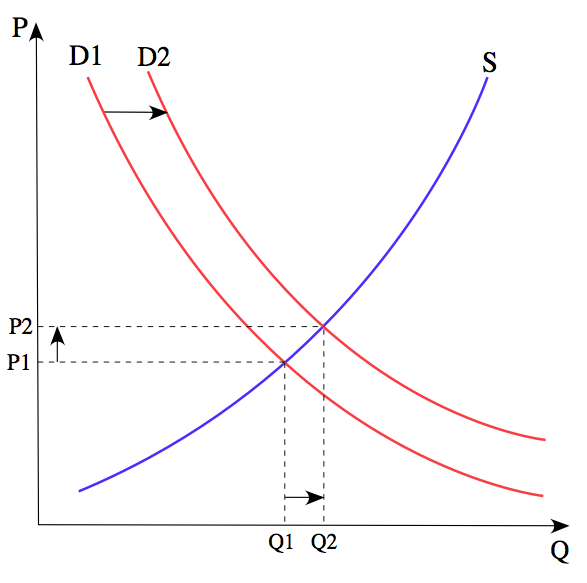Oil Spending Seen Down $70 Billion Next Year, Rystad Says
(Bloomberg) Reduced spending by oil explorers will lead to a global shortage of crude within the next few years, according to industry consultant Rystad Energy.
While the world’s exploration and production companies need to replace 34 billion barrels of oil every year to meet consumption needs, the companies made investment decisions that will result in only about 8 billion barrels in 2015, Rystad said in a report released Wednesday.







